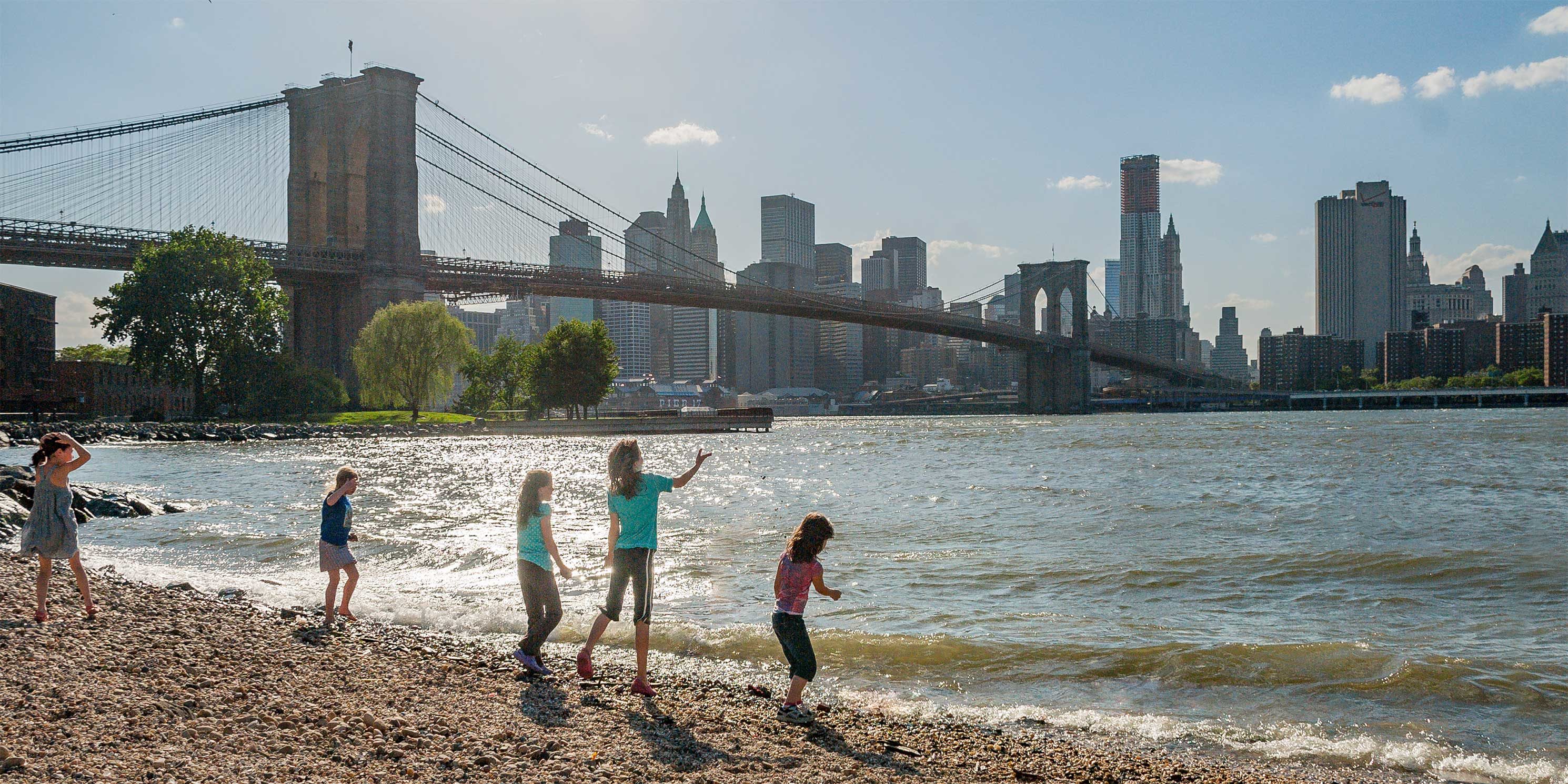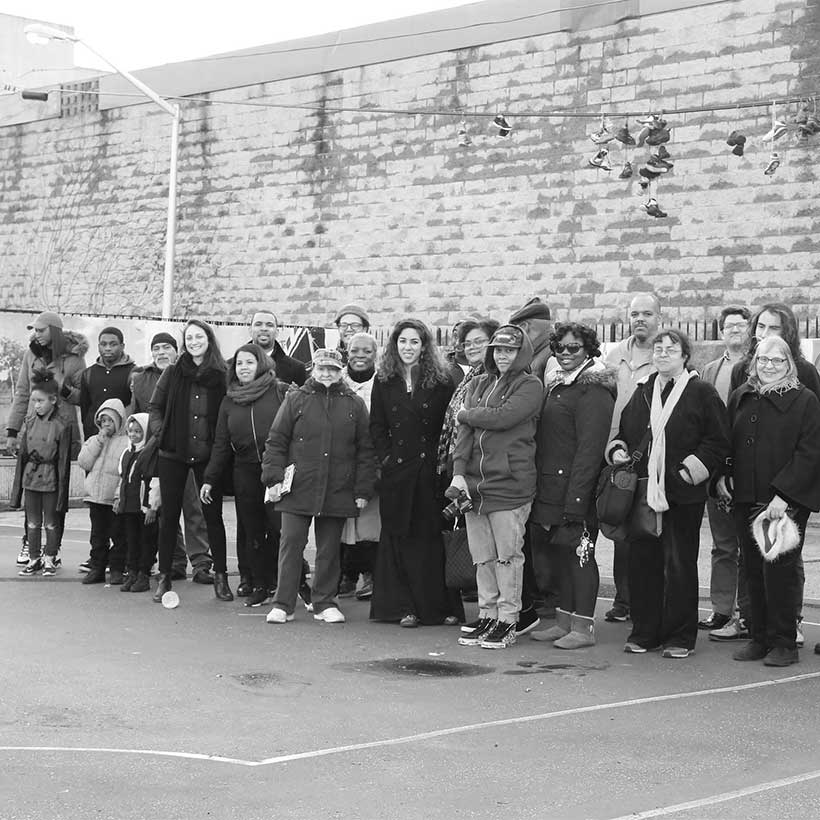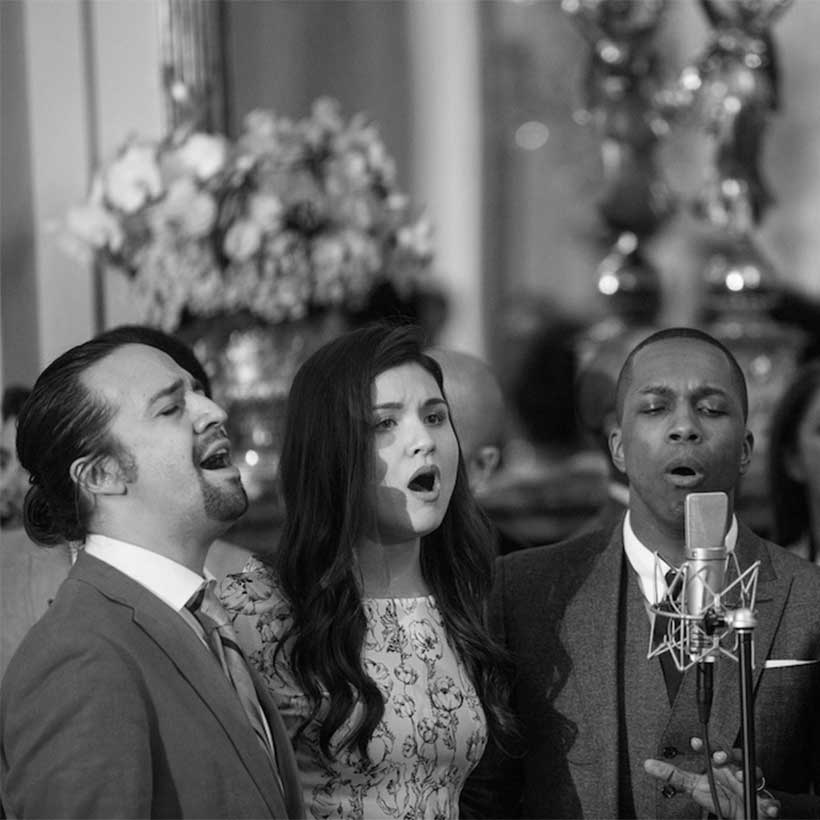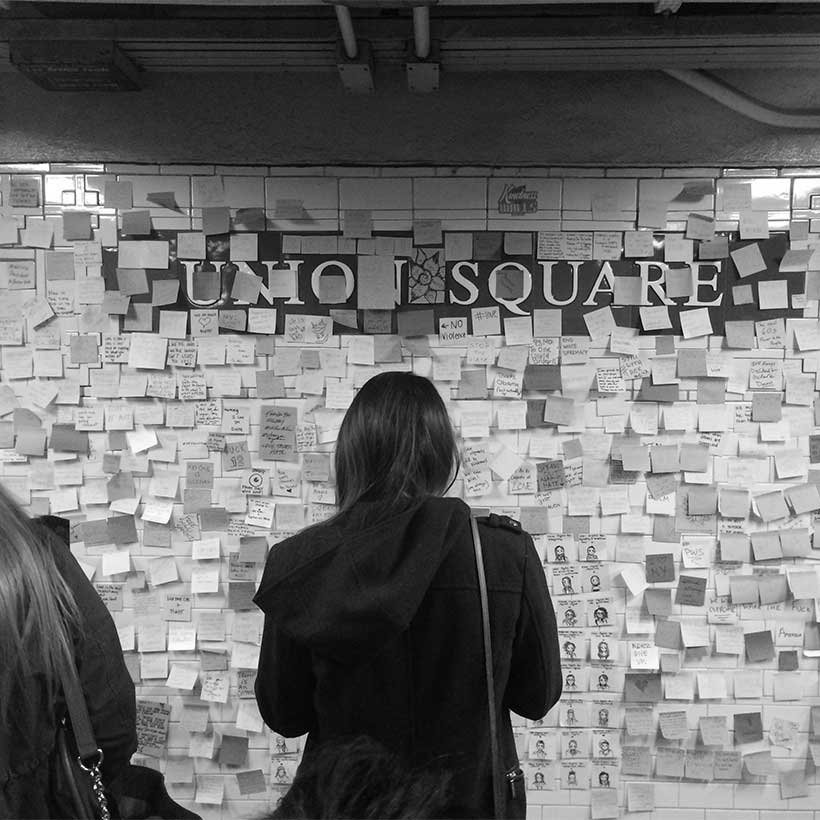New York’s First Cultural Plan, CreateNYC, Reflects Community Input
MAS Letter to the New York City Department of Cultural Affairs
The Municipal Art Society of New York (MAS) congratulates the Department of Cultural Affairs (DCLA) on producing a comprehensive cultural plan that reflects an extensive community engagement process. MAS was pleased to contribute to this process, informing community stakeholders about opportunities to participate in the drafting of the plan through our 2017 Livable Neighborhoods Program workshop series.
Because of our focus on New York City’s built environment, MAS particularly applauds the strategies that DCLA has identified to address issues of affordability, neighborhood character, and arts and culture in public space.
Download Testimony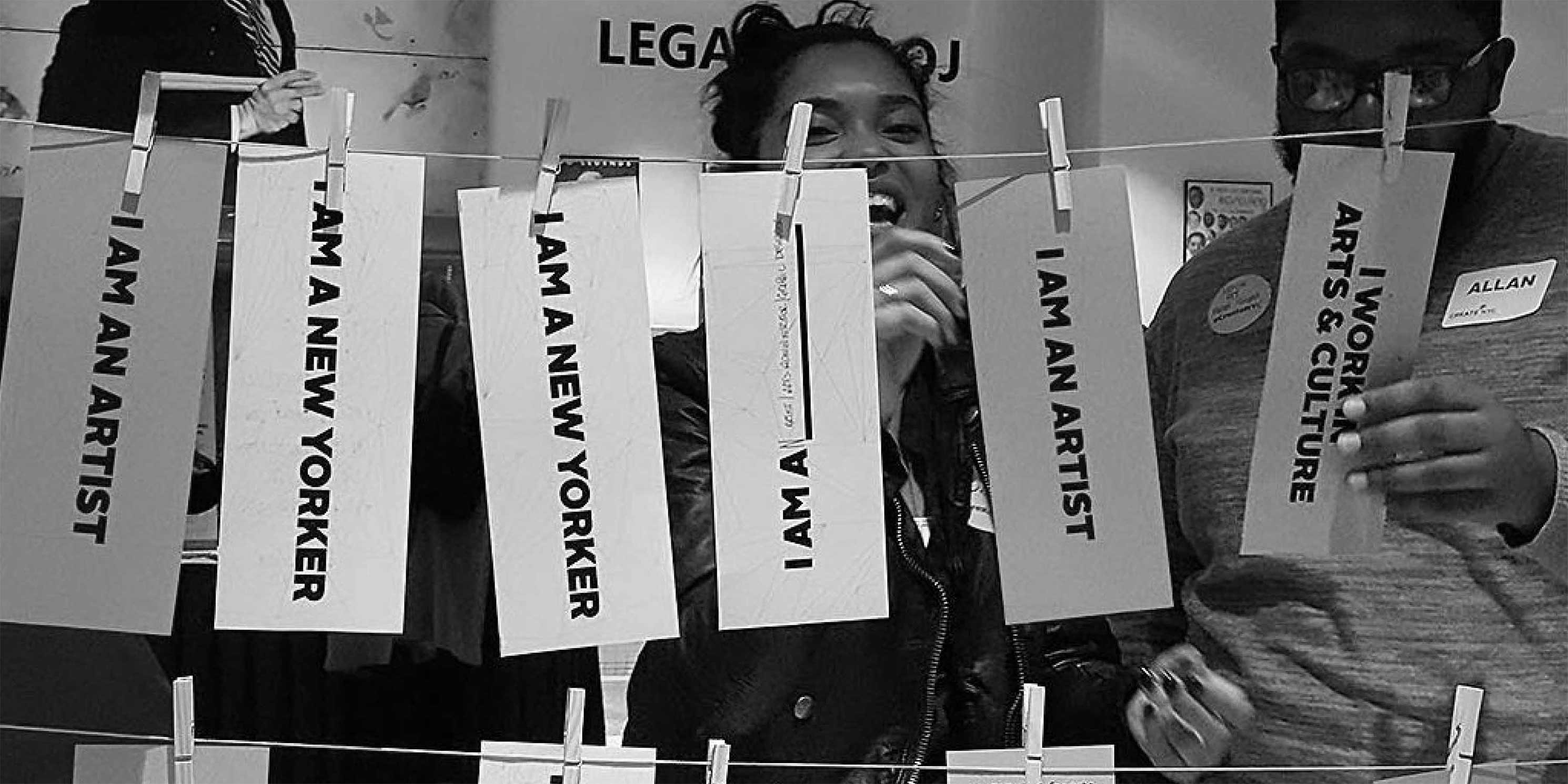
Affordability
The cultural plan makes a stated commitment to implementing processes that will increase local participation in the planning, design, and programming of current and future City-owned properties designated for cultural use. We urge the City to look at the 22% of properties under their management which are classified as having no current use (according to MAS’s 2016 Public Assets report) for this purpose. Many of these properties are located in neighborhoods the University of Pennsylvania’s Social Impact of the Arts Project (SIAP, March 2017) identifies as falling below the New York City average in terms of cultural assets and other social wellbeing indicators.
The plan also commits to increasing the development of appropriate, affordable, accessible housing and work spaces. MAS is supportive of the plan’s intention of exploring the potential of new long-term affordability models that combat displacement, especially community land trusts and rent-to-own options.
Neighborhood Character
The cultural plan will endeavor to support neighborhood-based efforts to identify, catalogue and protect locally significant cultural assets. Initiatives like Place Matters, a collaboration between MAS and City Lore, and neighborhood creative and cultural asset mapping capacity building work, conducted by MAS in partnership with the National Consortium for Creative Placemaking, provide good examples.
MAS is also supportive of DCLA’s commitment within this issue area to increase coordination with DCP, HPD, and EDC to proactively engage local artists as well as arts and cultural organizations in neighborhood planning and rezoning processes.
Arts and Culture in Public Space
MAS is in favor of the continued expansion and diversification of the Percent for Art program to provide for the maintenance of completed projects on City-owned property. We encourage DCLA to also consider the model of the Philadelphia Redevelopment Authority’s Percent for Art Program, the oldest in the country, which includes an option for the provision of space for artists and arts organizations in fulfillment of their one percent requirement.
The cultural plan also pledges to facilitate more artist-led projects in collaboration with City agencies. MAS has a history of fostering cross-sector collaborative projects, such as the effort to restore Barry Faulkner’s mural series in Washington Irving High School with the New York City.
DOE, the Public Design Commission, conservators, and the school’s faculty and students. We have experienced first-hand the multiple benefits of these types of collaborations and would welcome the opportunity to be a resource for the City as they continue in this work.
Conclusion
MAS looks forward to more details on the implementation of the plan beyond year one, particularly relating to the three issue areas highlighted above. In addition, we are eager to learn about opportunities for public participation in the development of the key indicators, benchmarks and milestones that the DCLA will use to measure progress toward its goals.
While the stakeholder engagement that took place throughout the drafting process was laudable, many New York City residents have yet to hear about the plan and its implications for their neighborhoods. Therefore ongoing engagement will be critical to the plan’s success, as well as DCLA’s ability to fulfill its mandate of addressing the distribution of cultural activities and the resulting impact on social and economic health and welfare in the city.
